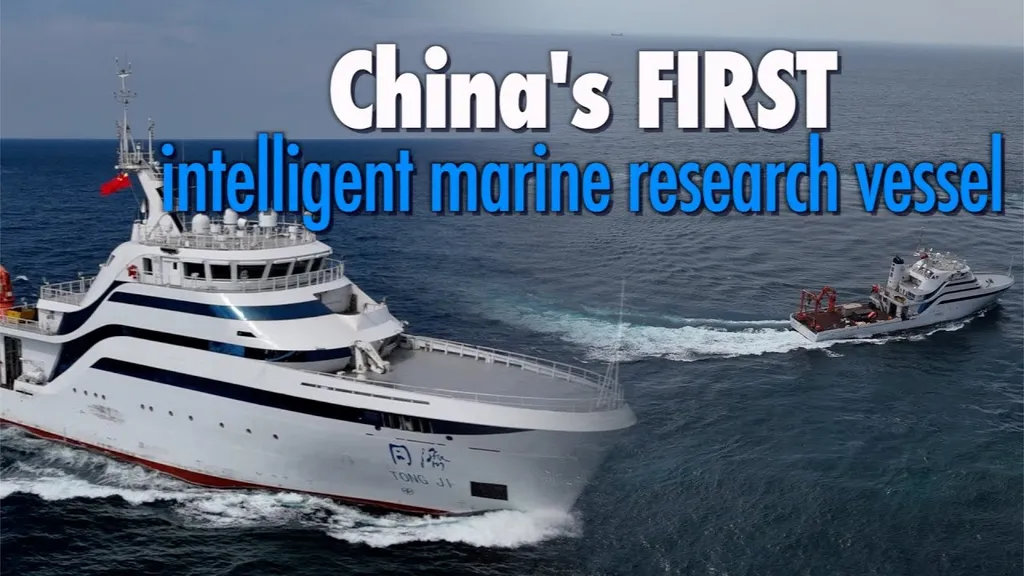In a world where the push for sustainable transport is gaining momentum, a recent study has shed light on the complex web of factors influencing the adoption of electric vehicles (EVs). The research, led by Irfan Ullah from the College of Transportation at Tongji University in Shanghai, and published in the journal ‘Energy Conversion and Management: X’ (translated to English as ‘Energy Conversion and Management: Beyond’), has mapped out the interrelationships among various factors that drive or hinder EV uptake. The findings offer valuable insights not just for the automotive industry, but also for maritime professionals, as the lessons learned could potentially extend to the realm of electric and hybrid marine vessels.
The study employed a combination of Interpretive Structural Modeling (ISM) and Cross-Impact Matrix Multiplication Applied to Classification (MICMAC) to analyze the influence of different factors on EV adoption. ISM helped create a hierarchical structure of these factors, while MICMAC classified them based on their driving and dependence power. The research team, which included 12 experts, identified battery range anxiety as the foundational driver, with fast-charging technology and advancements in vehicle technology following closely behind.
“Battery range anxiety is the elephant in the room when it comes to EV adoption,” said Ullah. “It’s the primary concern that potential EV buyers have, and addressing this issue is crucial for the widespread acceptance of electric vehicles.”
The study also highlighted the importance of integrating EV charging infrastructure with existing systems and promoting home-charging solutions. Moreover, it emphasized the role of total cost of ownership (TCO) in influencing EV adoption, suggesting that incentives and design-for-cost strategies could make a significant difference.
For maritime professionals, the insights from this study could be particularly relevant as the industry explores the potential of electric and hybrid vessels. Range anxiety, for instance, is a concern that extends beyond road transport. Maritime professionals grappling with the challenges of electrifying their fleets could benefit from the strategies outlined in this study to mitigate range anxiety and improve charging infrastructure.
Furthermore, the study’s emphasis on TCO could help maritime professionals make a stronger case for investing in electric and hybrid vessels. By highlighting the long-term cost savings and environmental benefits, they could potentially secure more support for these initiatives.
The study’s findings also underscore the importance of a holistic approach to EV adoption. As Ullah noted, “It’s not just about the technology. It’s about creating an ecosystem that supports EV adoption, from infrastructure to incentives.”
In the maritime context, this could mean collaborating with ports, governments, and other stakeholders to create a supportive ecosystem for electric and hybrid vessels. It could also involve exploring innovative solutions, such as battery swapping, to address range anxiety and improve operational efficiency.
In conclusion, the study by Ullah and his team offers valuable insights into the complex factors influencing EV adoption. For maritime professionals, these insights could provide a roadmap for navigating the challenges and opportunities of electrifying their fleets. As the push for sustainable transport gains momentum, the lessons learned from the EV revolution on land could prove invaluable for the maritime industry’s transition to a greener future.

